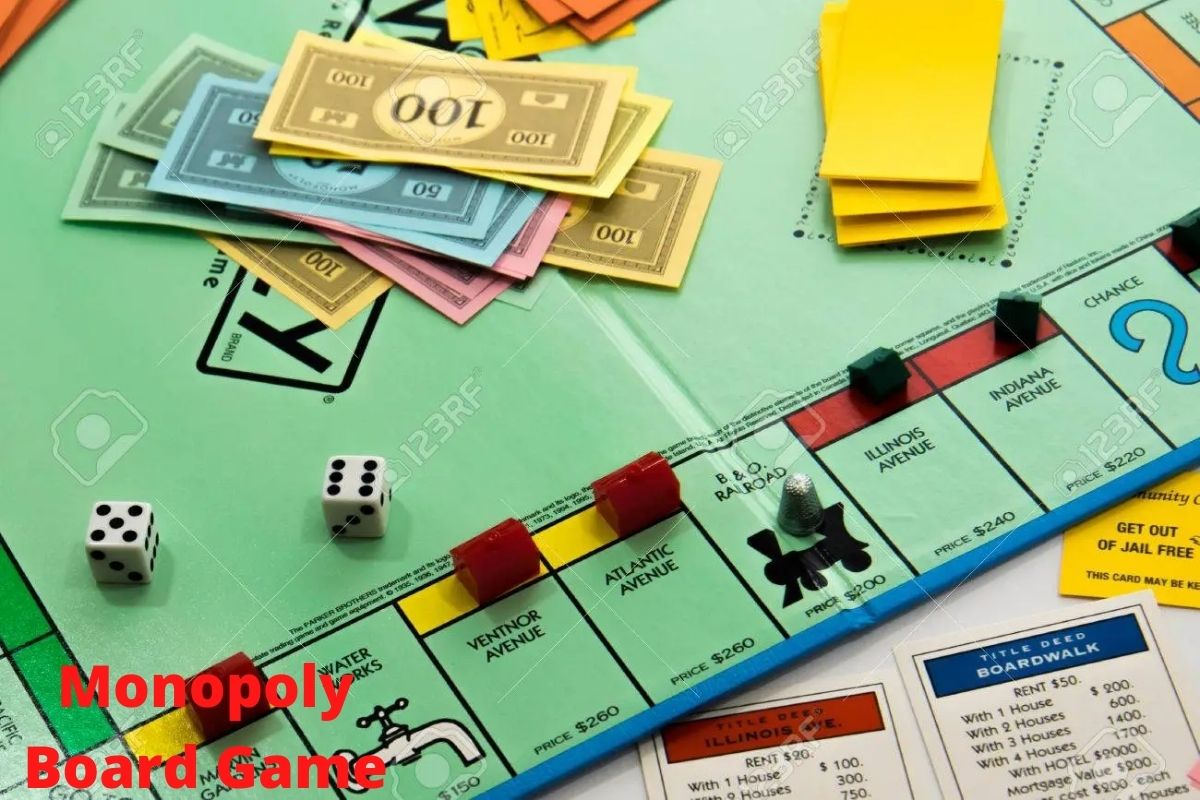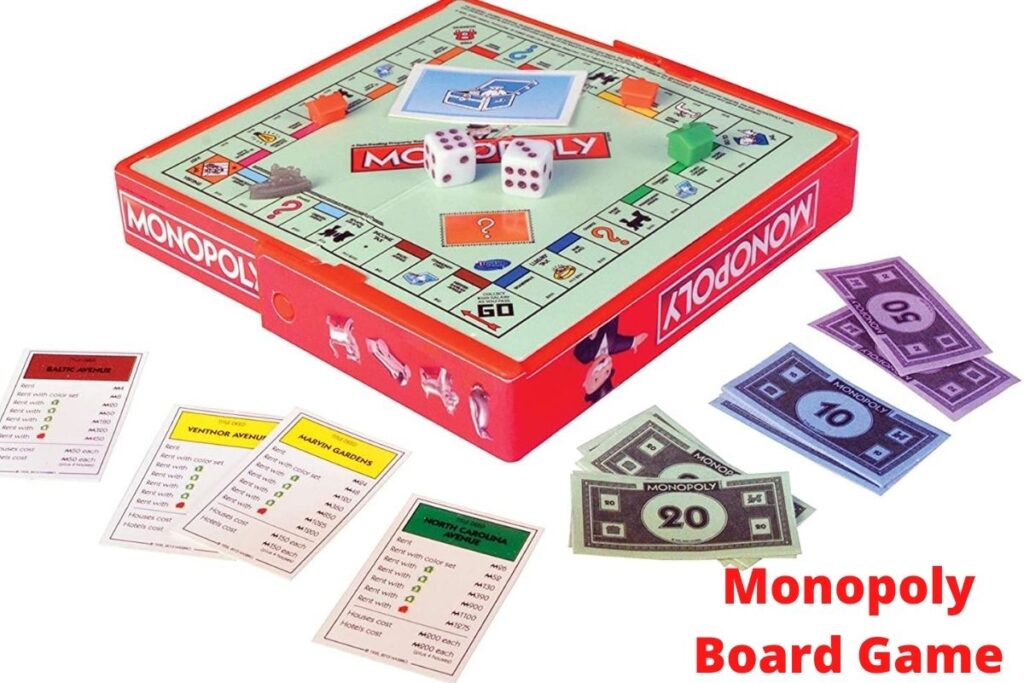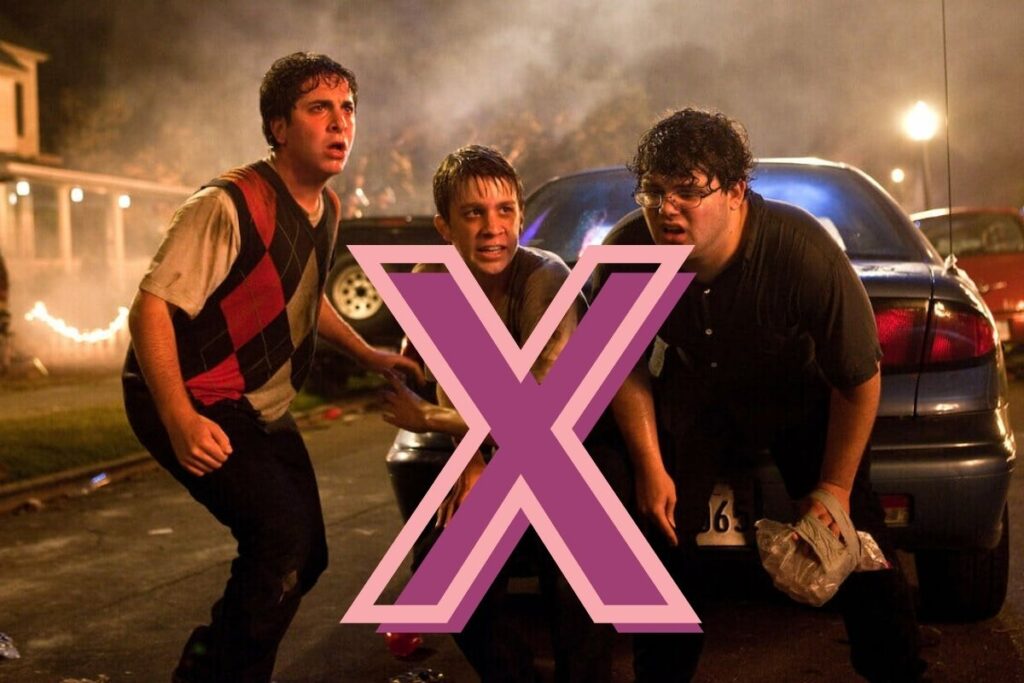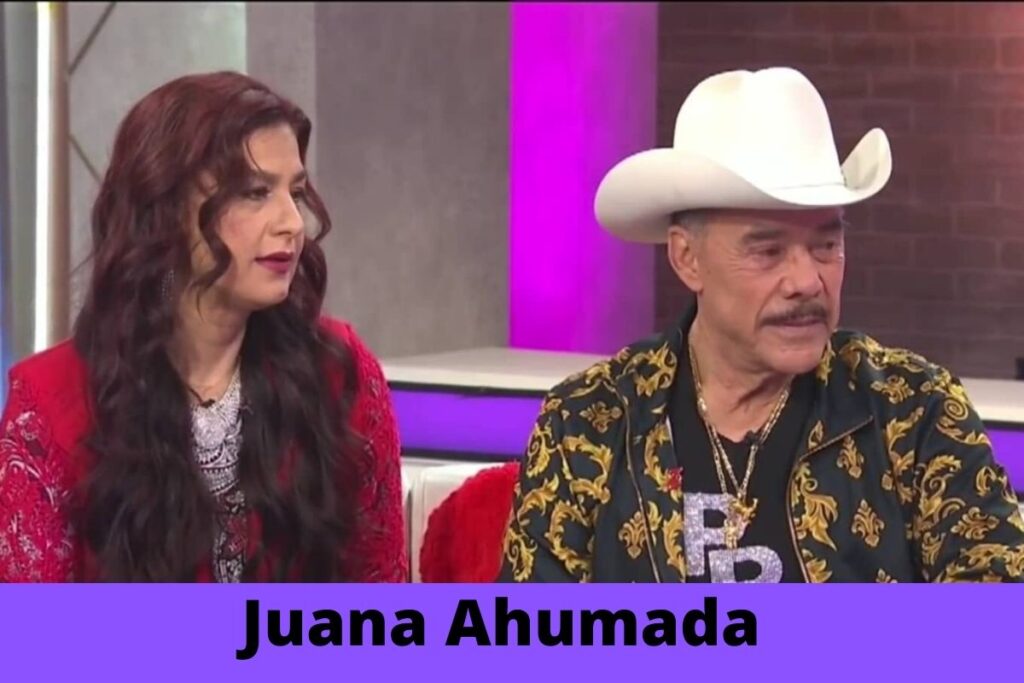Monopoly is a real-estate board game for two to eight players. The goal is to stay financially stable while buying and developing pieces of property to force other players into bankruptcy.
Each side of the square board has 10 small rectangles that show specific properties, railroads, utilities, a jail, and other places and events.
At the beginning of the game, each player gets a set amount of play money. The players then move around the board based on how the dice are rolled.
If a player lands on a property that is not owned by them, they can buy it. If they land on a property that is owned by someone else, they must pay rent to that player. If a player lands on a square that isn’t a property, they have to draw a card, which could be good or bad.
If a player gets a “monopoly,” or all of the properties in a certain group, that player can buy improvements for those properties. Improvements make a property’s rental fee much higher.
A player keeps moving around the board until he or she runs out of money. If you go bankrupt, you are out of the game. The winner is the last person left on the board.
Monopoly is the best-selling privately patented board game of all time. It became popular in the United States during the Great Depression, when an unemployed heating engineer named Charles B. Darrow sold the idea to Parker Brothers.
Before that, people in many parts of the United States had made their own versions of a game that was similar. Most of them were based on the Landlord’s Game, a board game that Lizzie G. Magie made and patented in 1904.

In 1924, she changed her game and got a new patent for it. Notably, Magie’s version didn’t have the idea of a monopoly.
For her, the point of the game was to show how greedy landlords could take advantage of their tenants.
Magie used the Landlord’s Game to promote a solution to this kind of exploitation: a single tax on property owners. This was a major social issue for people who thought land speculation was unfair to the economy.
The Landlord’s Game was still being played as a hand-made board game in the early 1900s, and other versions came out that also had to do with monopolising properties.
Louis and Fred Thun, who tried to get a patent in 1931 but gave up when they found out about Magie’s 1904 patent, and Dan Layman, who called his version of the game “Finance” but did not try to get a patent for it.
Darrow based his version of Monopoly on the earlier games and sold it to stores in the northeastern United States between 1933 and 1934. Soon, he couldn’t make enough game sets to meet the demand, but it took him several tries to convince Parker Brothers that the game was good.
Once Parker Brothers bought the game from Darrow, they advertised it as the idea of an engineer who was out of work and looking for cheap ways to have fun during a hard economic time.
For example, in the British version, the streets are from London. Monopoly games have also been made about other North American cities, like Chicago. Instead of street names, local landmarks and interesting places are usually used as properties.
Read More:-




